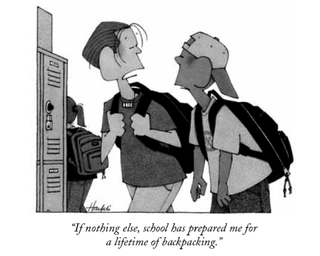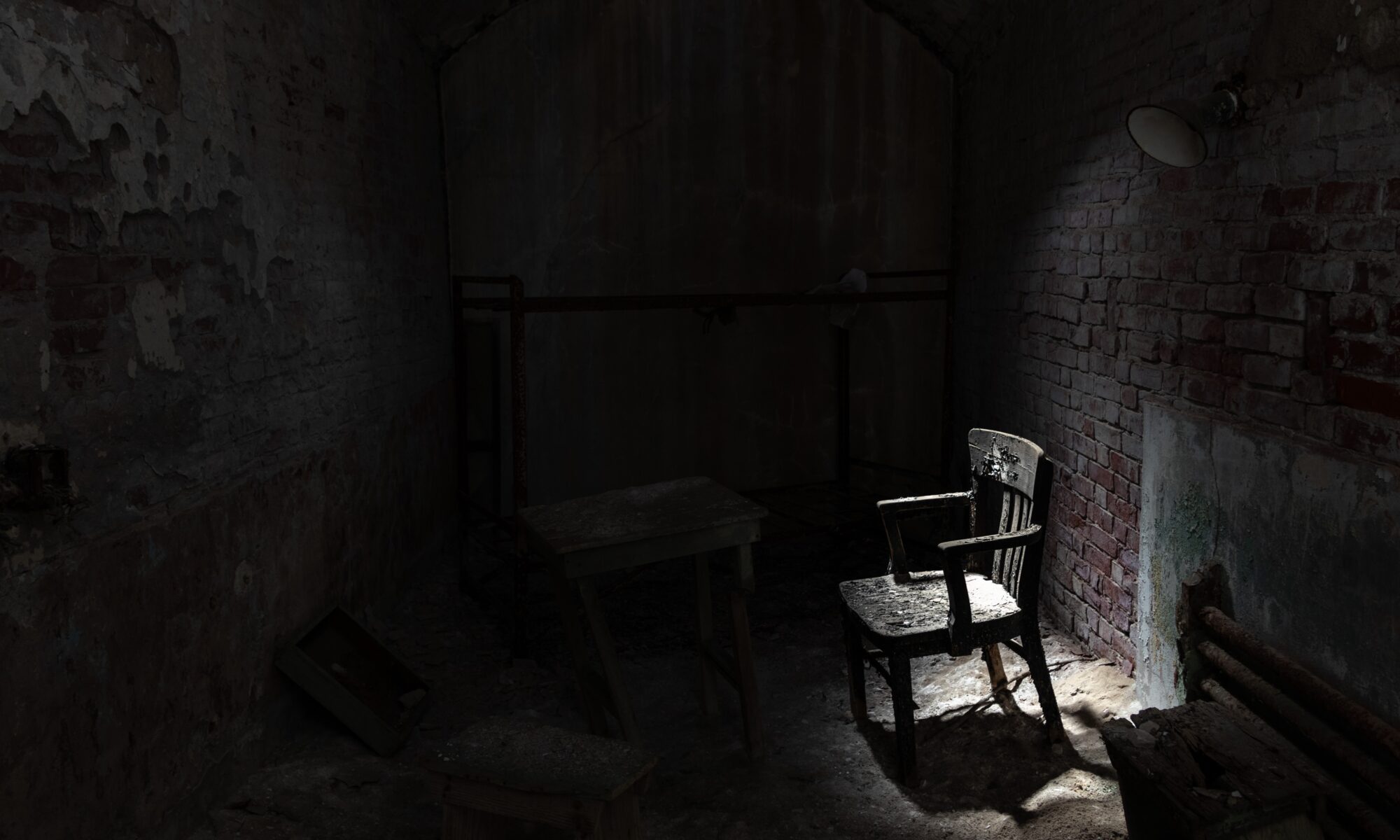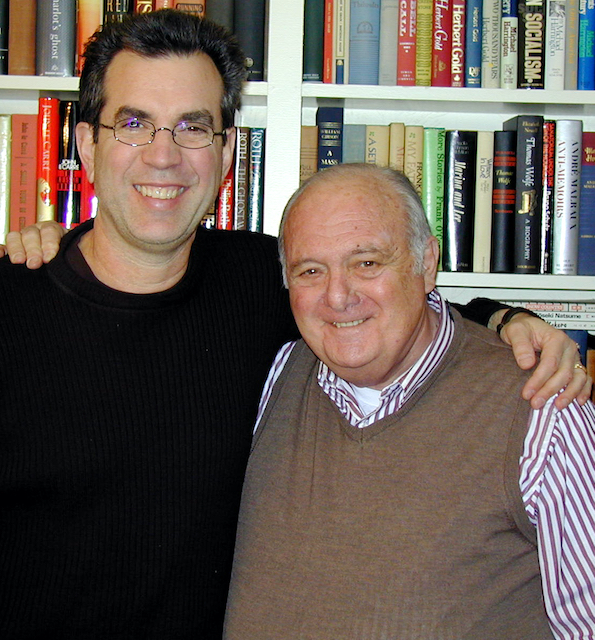 I’m attending the April 30 TEDxPortland. I’ll be curating the best of social media feed without the RTs, hype and chatter. I’m following the hashtag #XRD on Twitter, FaceBook, and Flickr. So don’t forget to tag! Newest tweets will be at the top of the page – older below. Check back for updates. Go to AM Edition
I’m attending the April 30 TEDxPortland. I’ll be curating the best of social media feed without the RTs, hype and chatter. I’m following the hashtag #XRD on Twitter, FaceBook, and Flickr. So don’t forget to tag! Newest tweets will be at the top of the page – older below. Check back for updates. Go to AM Edition
Curating the Social Web at TEDxPortland – AM Edition
 I’m attending the April 30 TEDxPortland. I’ll be curating the best of social media feed without the RTs, hype and chatter. I’m following the hashtag #XRD on Twitter, FaceBook, and Flickr. So don’t forget to tag! Newest tweets will be at the top of the page – older below. Check back for updates. To see posts from the PM edition click here.
I’m attending the April 30 TEDxPortland. I’ll be curating the best of social media feed without the RTs, hype and chatter. I’m following the hashtag #XRD on Twitter, FaceBook, and Flickr. So don’t forget to tag! Newest tweets will be at the top of the page – older below. Check back for updates. To see posts from the PM edition click here.
The Inconvenient Truth About Textbooks
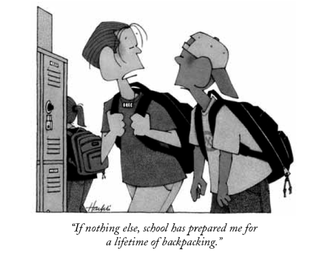 I just went to the iTunes App Store, and in one impulsive click, downloaded Al Gore’s companion app to his book “Our Choice: A Plan to Solve the Climate Crisis.”
I just went to the iTunes App Store, and in one impulsive click, downloaded Al Gore’s companion app to his book “Our Choice: A Plan to Solve the Climate Crisis.”
It’s an immersive learning environment that begs the question – $4.99 iPad app or $49 textbook?
Watch this promo video and you decide if the eBook has made the traditional textbook a relic. If you need some more numbers to help you make the decision -a quick search on textbook costs turned up this data from a 2005 report by the U.S. Government Accountability Office. “The average estimated cost of books and supplies for a first-time, full-time student at a four-year public institution was $898, or 26 percent of the cost of tuition and fees. At community colleges, the estimated cost of books and supplies was a whopping 72 percent of the cost of tuition and fees.”
EBook or textbook – still trying to decide? Don’t forget that future updates of the app could add more content or features – how about social networking?
Update: A hat tip to my friend Martin Edic at 24PageBooks who pointed out that Push Top Press (the folks who did the Gore’s book) plan to release a publishing platform for authors, publishers and artists to turn their books into interactive iPad or iPhone apps — no programming skills required. Imagine when students can make their own!
Prisoner’s Dilemma – A Game Theory Simulation
Back in the 1970’s I taught a high school social studies course called “War and Peace Studies.”
A recent email exchange reminded me of a simplified version of the Prisoner’s Dilemma that I created for use in the classroom.
The Prisoner’s Dilemma is a fundamental exercise in game theory and serves as a great catalyst for discussions about decision making, communications, ethics and responsibility.
First, the classic example of the Prisoner’s Dilemma from Wikipedia:
Two suspects are arrested by the police. The police have insufficient evidence for a conviction, and, having separated the prisoners, visit each of them to offer the same deal. If one testifies for the prosecution against the other (defects) and the other remains silent (cooperates), the defector goes free and the silent accomplice receives the full 10-year sentence. If both remain silent, both prisoners are sentenced to only six months in jail for a minor charge. If each betrays the other, each receives a five-year sentence. Each prisoner must choose to betray the other or to remain silent. Each one is assured that the other would not know about the betrayal before the end of the investigation. How should the prisoners act?
How I adapted for classroom use
Students were divided into two separate locations. (Group A and Group B). Once divided, I managed the game – shuttling between the two rooms. Both groups were given the same goal – “To accumulate as many points as possible without helping or hindering the other group.” In practice, I found that the point incentive generally faded away as groups just focused on their perception of “winning.”
I ran a series of 10 decision rounds. During each 5 minute round both groups were told make a group decision about the choice one of two colors – red or blue. See results chart below. I did not specify how they were to arrive at the decision within their groups. When each group has completed their decision, I shared results back to each group. As the decision rounds accumulated, players faced the results of cooperation and betrayal.
To add another dimension to the dilemma, periodically (after decision rounds 3 and 6) I invited each group to send a negotiator to a neutral location (usually just the hallway). This was the only communication allowed between the groups. Generally each group was divided over both the instruction to give their negotiator (“bluff ’em” vs “make a deal”) and how to interpret the negotiator’s “report.” Sometimes groups even became mistrustful of their own negotiator.
It usually took about 45-50 minutes to set the game up and go through a series of 7-10 rounds with some negotiation breaks. The homework assignment was to write a reflection “What did I learn about myself during the game?” Loads of great discussion the next day with many great applications to history, current events, group process and ethics.
For great prompts to foster student reflection, see my post “The Reflective Student: The Taxonomy of Reflection.“
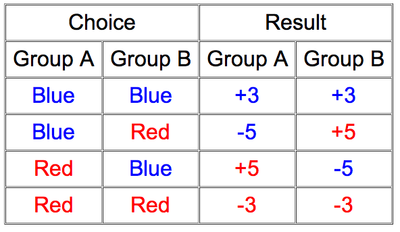
Feature image by Spencer Tamichi on Unsplash
Abraham “Abe” Rothberg: Author, Professor, Friend
Two weeks ago, I lost a very important person in my life. For more than 25 years Abe Rothberg served as friend, mentor, surrogate father and personal curmudgeon. Over long lunches in diners or late afternoons in his study we’d discuss politics, history, literature, journalism and gossip about everyone we knew.
By the time I met Abe in the early 1980’s he had many achievements – a distinguished career as a journalist, university professor and author of thirteen novels, two books of history, a collection of short stories, two children’s books, and a volume of literary criticism. Abe was the most learned (and opinionated) person I ever knew. While I never saw Abe in the classroom, he was beloved or feared (or both) by legions of English literature students from his days teaching at Hofstra, Columbia and St. John Fisher.
For more on Abe’s accomplishments see the New York Times obituary
Abraham Rothberg, Who Wrote of Golem and Stalin, Dies at 89

Following his retirement from teaching, I knew Abe hoped to devote more time to his writing. There were some successes – like an occasional journal piece, but many of our lunches were punctuated by his growing disappointment that yet another book manuscript had been rejected. So beginning around 2000, I began to try to convince Abe that we could use new print-on-demand technology to by-pass the big publishing houses and do it ourselves. “I will never stoop to vanity press,” he’d bellow.
I pressed on and a few years later (did I say he was stubborn?) I convinced him to let me publish The Holy Warriors a novel that had been rejected by a few publishers despite the fact that it had, in a way, anticipated 9/11. “OK Abe, let’s get this started – give me the Word doc of the book and I’ll get going on design.” Abe replied, “What’s a word doc?” (Did I mention that Abe refused to even LOOK into a computer screen?) So before beginning work on book design, step one was finding someone who was willing to scan / proof his typewritten and heavily edited manuscript into OCR.
Eventually the book was finished and sent off to Lulu for publication. I’ll never forget bringing the finished paperback to Abe. He took the book in his thick hands and kept turning it over – like a baker patting down dough. His face beamed as he asked, “So when do we get started on the second book?”
Over the next six years we published another twelve books. (That’s right – all 12 started as typewritten manuscripts.) The scope was a remarkable testimony to the breadth of Abe’s interest and expertise – collections of short fiction On A Darkling Plain, essays and literary criticism What Time Is It Now? novels set in Japan The Torii Gate and the Soviet eastern block The Former People. Subject ranged from a children’s story – Pinocchio’s Sister ~ A Feminist Fable to an exploration of the justice system through the lens of a serial killer The Trials of Arthur John Shawcross.
In 2010, a group of his friends held a tribute to Abe – the man and his writing – as part of a Jewish Book Festival. Here’s an excerpt of the reflection that Abe shared with us. (I learned he always liked the last word)
… Serious fiction is a lie that tells the truth. Fiction can introduce you into the lies and truths of other people’s minds and hearts, to your own country and time, or strange, foreign places and other eras, into the most public forums and the most private scenes of human intimacy; it can make you see, hear, feel, love, hate, forgive, judge, understand, and yet not be bound by the consequences of all those activities, though you are there as a participant-observer in the most personal and informed ways. … And so, tonight, you will hear some of the lies I have written I take to be important truths, serious fictions about our lives and times. I thought my books might contribute to the cultural and political conversations and dilemmas of our epoch. If that has not taken place as I wished– and I am sorry to say it has not–it was not for the want of my trying.
To read more about Abe, download or order his books click here.



